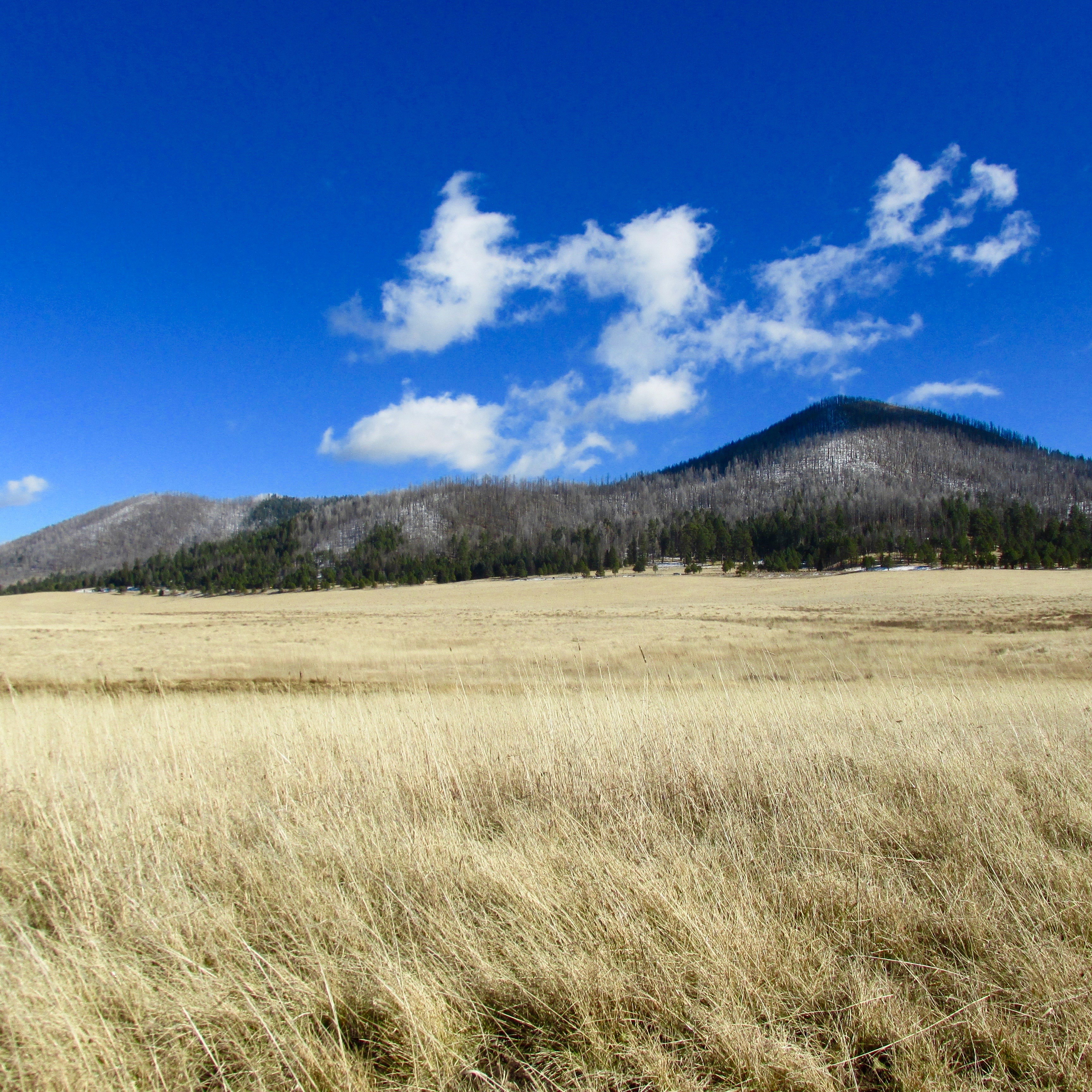Soil Carbon Methodology
The BCarbon Soil Carbon Protocol relies on rigorous soil sampling and testing to measure the increase in soil organic carbon over time. The protocol defines a 6-step process addressing site selection and stratification, quantification of the accrued carbon mass, and project documentation.
BCarbon Soil Carbon Methodology
Version 2
October 2022
Step 1: Stratification of Project Area and Sub-Areas
Each below-ground carbon storage project is defined based on an identified land area, soil depth interval, and a specified timeframe for the carbon accrual period (beginning and ending dates). The defined project area must be stratified to define sub-areas within which the key parameters related to carbon accrual rates are relatively uniform. Such parameters include soil texture, vegetative structure, density, and diversity, drainage, current land use, and landform. Project stratification is critical to ensure a proper baseline soil carbon sampling regime which acts as the starting point for a BCarbon soil carbon projects. Various factors such as a property’s topography, size, soil types, and vegetative conditions all feed into project site stratfication and must be considered.
Step 2: Initial Below-Ground Carbon Measurement
The initial below-ground carbon content of the project soils shall be measured by means of direct sampling and testing to determine the mean below ground carbon content of the soils in each sub-area, applying the performance criteria outlined in Standard Procedure B. The number of soil samples collected and analyzed shall be adequate to quantify the current carbon content and later determine the net gain in below-ground carbon over the specified project period to an acceptable degree of statistical reliability. The direct measurement using allowed BCarbon laboratory testing and analytical methods ensure consistency in soil carbon data within a given project and across all projects implemented under the BCarbon standard.
Step 3: Forecasting of Below-Ground Carbon Accrual Rates
The BCarbon Soil Carbon protocol provides specifications for two optional methods of forecasting or estimating carbon accrual rates in the project area: i) modeling of the rate of carbon accrual rates using analytical or numerical models of soil carbon dynamics, and ii) estimation of carbon accrual over time based on empirical relationships or checklists that rely on performance indicators, such as vegetative density, soil moisture content, and/or other measures of soil health. Interested applicants may apply for interim credits at their discretion before the true-up testing process. BCarbon is open to innovative concepts and methodologies that scientifically support the rationale for issuance of interim credits.
Step 4: Project Record-Keeping, Monitoring, and Eligibility for Interim Carbon Sales
Each year of the project period, the user must certify in writing that appropriate land management practices remain in effect over the full project area to sustain and enhance belowground carbon at levels that meet or exceed the initial below-ground carbon content. Subject to demonstration that appropriate land management practices remain in effect to maintain and enhance below-ground soil carbon, the incremental increase in below-ground carbon estimated to have been achieved prior to the project end date can be used to support issuance of interim carbon credits. A robust project verification process is critical to ensure consistency and integrity in the credits. Factors such as land management, legal ownership and tenureship of the project site, and contractual terms are evaluated and analyzed.
Step 5: Measurement and Quantification of Below-Ground Carbon Accrual at End of Project Period
At this end date, samples shall be collected and analyzed from the project subareas using the same methods as applied in Step 2 above and in the same timeframe as the prior sampling program, to minimize variability introduced by changes in methodology or seasonality. Sampling data will be evaluated to quantify the soil carbon content in the project area. The direct measurement at the true-up period creates the soil carbon stock level used to finalize and determine the final amount of credits issued to the applicant. This testing event can also act as the next baseline for projects interested in continuing under the BCarbon protocol.
Step 6: Below-Ground Carbon Accounting and Documentation
To support certification of carbon credits, the user must provide a report to BCarbon that describes the carbon accrual project and documents the basis for estimation of the net increase in belowground carbon in the project area over the project period. On-going and post project documentation is critical to ensure records and integrity of soil carbon data created throughout the life of the project. Standard Procedure E outlines the types of documents and data needed for project compliance. The direct measurement using allowed BCarbon laboratory testing and analytical methods ensure consistency in soil carbon data within a given project and across all projects implemented under the BCarbon standard.







